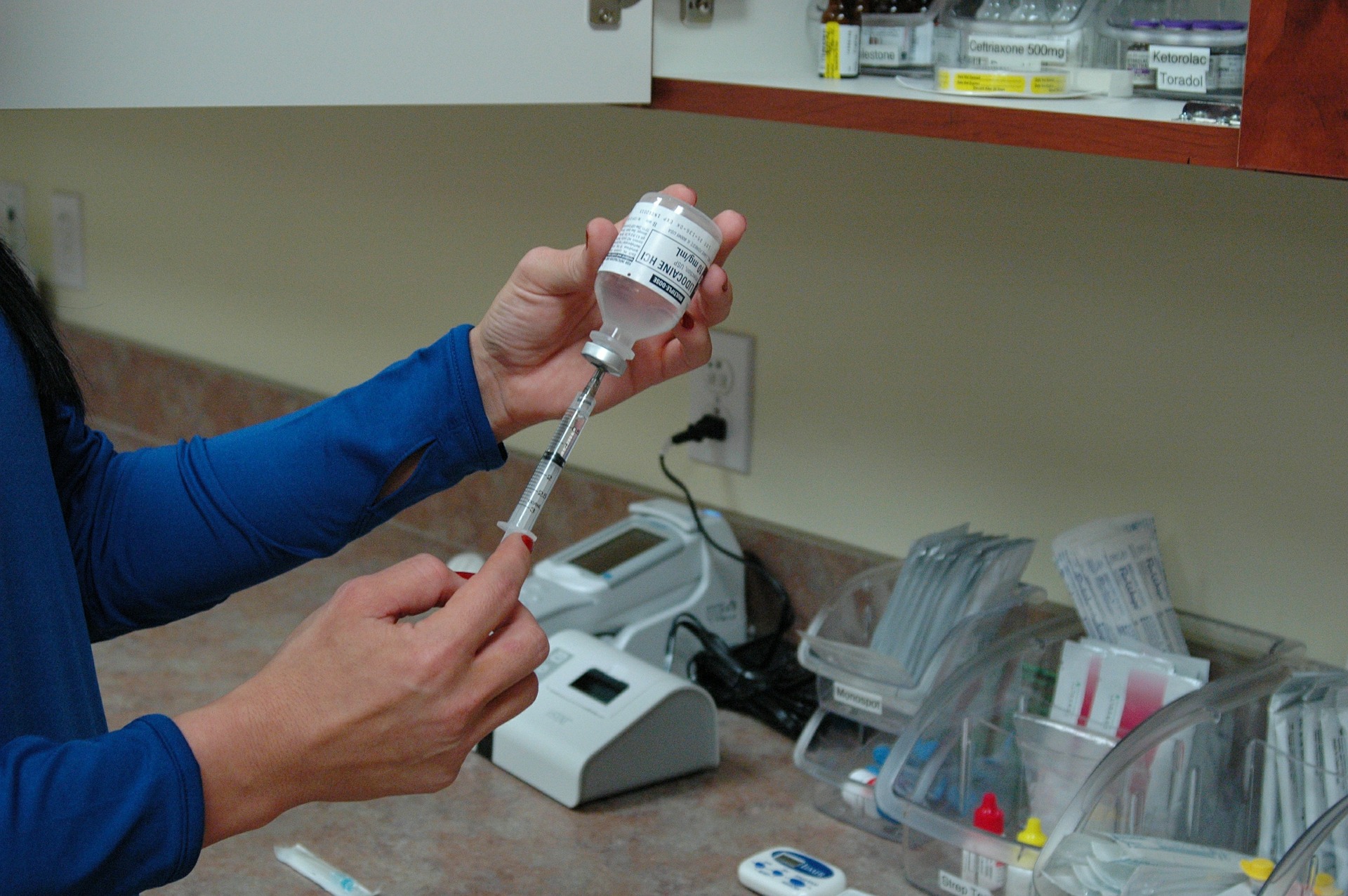Abdeali Saherwala | Staff Writer
Featured image: New initiative by York Mathematics and Statistics professors make strides in vaccine research. | Courtesy of Jason Taix
York is involved in a new initiative with support from the Faculty of Science to identify the most susceptible populations to infectious diseases via the development of mathematical models and techniques.
This research will enable drug manufacturers to produce economical vaccines for viruses, such as the Zika virus. The research is also expected to better position Canada to respond rapidly to emerging public health issues.
“The York team will focus on developing mathematical models and tools to guide vaccine development and production.
“Expertise of the York team includes: stochastic optimization; statistical computing; modeling of transmission dynamics; modeling of within-host dynamics, waning immunity and vaccine hesitancy; numerical analysis of differential equations; Markov chains and Monte Carlo methods; and Bayesian inference,” says Dr. Jianhong Wu, a professor in the Department of Mathematics.
This initiative involves Mathematics and Statistics professors from York, such as Dr. Jane Heffernan, Dr. Neal Madras, Dr. Xin Gao, Dr. Michael Chen, Dr. Huaxiong Huang, Dr. Helene Massam, and Wu.
Sanofi Pasteur, Canada’s largest vaccine provider, is funding $1.5 million over five years to this initiative, and $1 million is being provided by the Natural Sciences and Engineering Research Council of Canada. Additionally, York will provide significant financial contributions to the research.
“Dedicated Sanofi scientists will participate in the program by contributing expertise on vaccine development and production, and systematic reviews and meta-analyses, to collect critical vaccine product characteristics for model parameterization and calibration.
“These scientists will participate in the supervision of trainees, and will have access to York’s computing/library facilities,” says Wu.
Vaccine production is greatly assisted by mathematical modeling in order to interpret how viruses are spread in certain populations.
Many researchers are considering creating a mathematical model and equations for a specific virus, while others are attempting to create a more generic set of models and equations, which can later be adapted for multiple viruses.
Madras explains: “At the moment, I am not involved with development of any particular vaccine; rather, I am thinking about more generic mathematical modeling frameworks that can be adapted to different diseases as needed.
“Our flu vaccines are far from perfect, as one has been hearing in the news. When a new disease emerges, it can set off a world-wide search for a vaccine. There are many parts to the development and assessment of new/improved vaccines, and this mathematical research is one part.”
As new diseases and viruses emerge, drug manufacturers, in collaboration with mathematicians, are working to create cost-effective, easily deployable vaccines with the potential to save countless lives.


